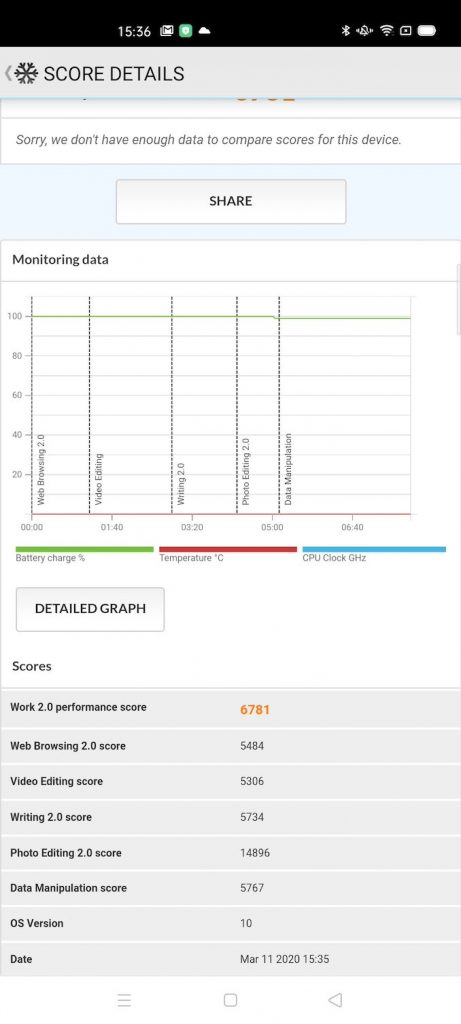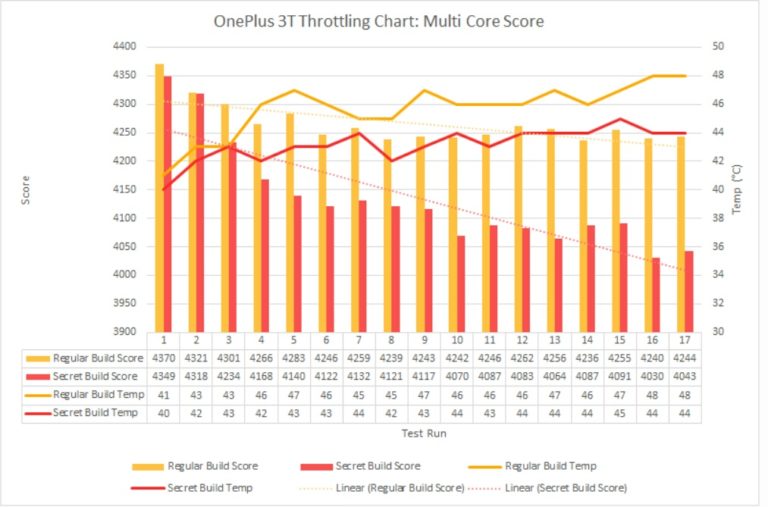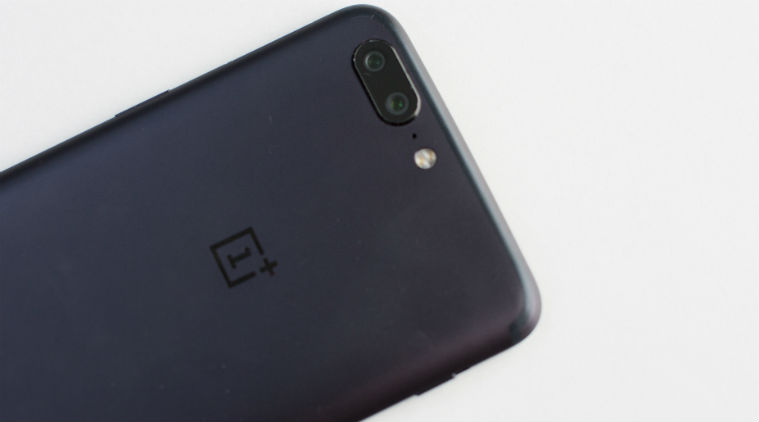
- Benchmarks from geekbench cheating android#
- Benchmarks from geekbench cheating pro#
- Benchmarks from geekbench cheating series#
Benchmarks from geekbench cheating series#
And thanks to that Geekbench have finally removed the benchmarks of the entire OnePlus 9 series from their listing.Īlso, Read: Galaxy S21 FE clears TENAA certifications in China. In the smartphone area, benchmarks are used to compare everything from the performance of entire phones to its individual components such as cameras, SoCs (CPUs. Benchmarks are used to compare anything and everything. It is mostly used as a tool of comparison.
Benchmarks from geekbench cheating android#
They are limiting the Android Apps capabilities during the benchmarks, well in order to conserve the power of the device, which may not manipulate the benchmark but still gives a false pretext to the user that the device has better battery life after all, which do reflects in the benchmarks. A benchmark is a standard or reference point against which other things are compared. This time, they are doing this in the opposite direction. This will increase the performance of the device synthetically, thus marking that the device does have a better performance in comparison to the others in the market. During the OnePlus 5 launch and afterward, the users did notice that the system does push the limits of the device when a benchmark app is encountered. OnePlus does have a history of cheating in the benchmarks.

What the actuall allegations one OnePlus 9 series is? The report suggests that OxygenOS is limiting the performance of some of the popular Android apps after all.
Benchmarks from geekbench cheating pro#
This piece of news comes from AnandTech who reports that there is something weird going on with the OnePlus 9 Pro – the high-end variant in the bunch. Linpack is a benchmark that’s been used to measure the CPU performance of some of the world’s fastest computers. Quadrant Standard Edition tests CPU, I/O, and 3D graphics. Geekbench says that the system makes performance decisions based on the applications' identifiers rather than behavior. That's why Geekbench took the action of removing the OnePlus 9 and 9 Pro from its database. It points out OnePlus 5 manages to achieve high Geekbench 4 scores for Snapdragon 835 by keeping all little cores clocked at 1.9 GHz. However OxygenOS would not offer the limited performance to benchmarking apps, which Geekbench sees as cheating. Ryan Shrout ran the public version of Geekbench and a 'private version' with a renamed executable back to back, and found some drastic performance differences. Higher scores are better, with double the score indicating. 1,713 Amid allegations that Huawei devices are 'cheating' in 3D benchmarks like 3DMark and GFXBench, Shrout Research found that the Huawei P20 Pro artificially inflates Geekbench scores. Geekbench 5 scores are calibrated against a baseline score of 1000 (which is the score of an Intel Core i3-8100). According to a report in XDA developers, the cheating mechanism is blatant and aimed at maximising performance. To make sure the results accurately reflect the average performance of each Mac, the chart only includes Macs with at least five unique results in the Geekbench Browser. Due to the nature of the optimization, the benchmark whitelist has to be maintained (now you need your network operator to deliver updates quickly both for features and benchmark optimizations!).ĪnandTech adds that unfortunately, this is all going to get a lot worse before it gets better. There are thankfully “ways of continuing to see and understand what’s going on” inside these closed platforms.Geekbench has removed all the benchmark results of the entire OnePlus 9 series because of a cheating allegation on the entire series. How can I benchmark my phone 5 apps for benchmarking your Android device. OnePlus has denied the charge, and said they are not overclocking the cores.

On the Galaxy S 4 (including the latest updates to the AT&T model), 3DMark and Geekbench 3 aren’t targets while on the Galaxy Note 3 both apps are. The other funny thing is the list of optimized benchmarks changes over time. With the exception of Apple and Motorola, literally every single OEM we’ve worked with ships (or has shipped) at least one device that runs this silly CPU optimization. We started piecing this data together back in July, and even had conversations with both silicon vendors and OEMs about getting it to stop.

Google’s Nexus 4 and Nexus 7 smartphones are however not using this method. Looking at the list, popular Android smartphones like HTC’s One and One mini, LG G2, Samsung’s Galaxy Tab 10.1, Note 3 and S4, all cheat with popular benchmark apps. It seems that with the exception of Apple and Motorola, every single smartphone maker has shipped at least one device that runs CPU optimization for manipulating benchmark results. Today, they have released a new report that reveals almost all Android smartphone makers are doing the same. Similar cheating was discovered by AnandTech for the Galaxy S4 back in July as well.

Yesterday, Samsung was caught artificially boosting the Galaxy Note 3’s benchmark scores with a special, high-power CPU mode that kicks in only when the device runs popular benchmarking apps.


 0 kommentar(er)
0 kommentar(er)
